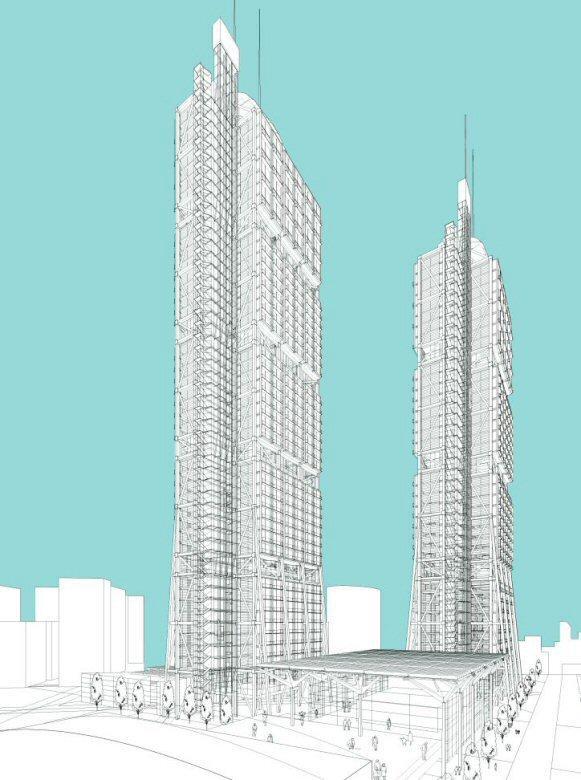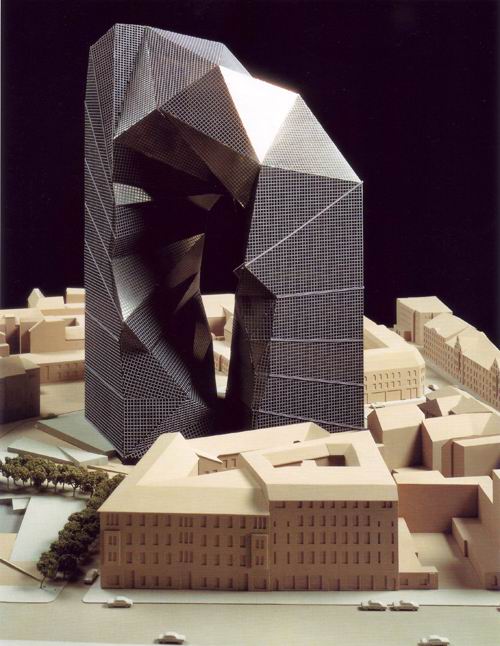 Chris 'Blane' Rowat from Parkour Generations.
Chris 'Blane' Rowat from Parkour Generations.Guest post by Shaelena Morley
Somewhere there is a toe tapping to music on the tube, a ballerina is practicing her port de bras, a child is testing gravity in an effort to jump the highest off the swing set. There is grace and fluidity to the simplest of movements. And in these movements a fascination takes root when we take that first step as infants and begin to understand our body in relation to the space around us.
With adjectives such as bustling and fast-paced, the city, like the body, can be described through movement. Listen closely and you can almost hear her thrum as her individual components move about in the daily grind. Ironically, with traffic and people and queuing, the individual components (that’d be us city-folk) are rarely moving freely so much as constantly bumping into one another in a sometimes maddening staccato rhythm. We’ve all this energy and nowhere to go, and somewhere along the way we lose that spatial connection with the city.
And yet the “we” I refer to doesn’t apply to all city dwellers. A community dedicated to movement has been developing slowly over the years and more recently is coming to the forefront and establishing itself as its own culture. What began as le methode naturelle in France at the turn of the 20th century, a kind of physical training emphasising both body and mind, has evolved into l’art du déplacement more commonly known as parkour. Where the spatial connection of the city is lost, in parkour it is found by providing a new vantage point for engaging with the urban environment. For a parkour practioner, known as traceurs, the name of the game is efficiency of movement and continual engagement with the present and its surroundings. In moving from point A to point B in the city, the traceurs knows no obstacle, only the straight line in plan, the undulating line in section. Leap over the wall, onto the next, under the rail and over the path only to land with cat-like precision on the rail’s edge and drop almost silently to the ground far below. L’art du déplacement is executed with astounding agility (and certainly with more grace than I can muster).
I recently had the privilege of witnessing the discipline in action when I attended a “jam” in Southwark hosted by Parkour Generations for research. What became immediately apparent to me was the fact that this is very much a community. The morning began as an outdoor training session teaching very particular skills, but as the day wore on little by little people trickled into the abandoned estate from all directions for what would turn into an afternoon jam. With varied skill levels and virtually every demographic you can imagine, parkour veterans and newcomers alike practiced their skills, learning from and teaching to each other despite frigid temperatures and calloused hands.

Physical intensity is inherent in parkour and the nimble movement receives well-deserved attention. More than once I’ve heard parkour referred to as, “the jumping guys.” But with physical tribulation there lies mental trial, brain the foil of brawn. It is the mental discipline – the preparation, the focus, and the incredible awareness of the body and its surroundings, which is most impressive and likely the bigger challenge. It is with complete awareness that the mind can redefine its surroundings and the body can run free. And what does London look like through this new set of eyes? Why, like a psychogeographic playground, my good Millennium People. Suddenly the scale of the city revolves around the scale of the body - the grip of the hand, the breadth of the foot; distances are measured in human strides. And in continual oscillation from earth to building to wall to earth again, London is flat no more. She is a new landscape.
Here’s to new freedoms.




















